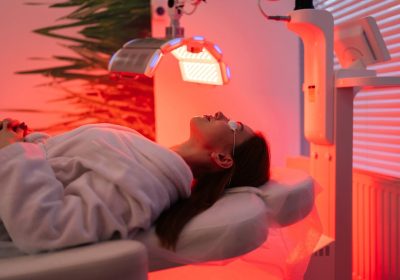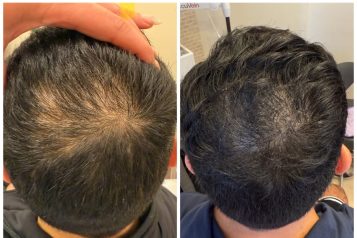
Sciatica falls under the umbrella of what's called compressive neuropathy. The term sciatica actually refers to a group of symptoms rather than a diagnosis. True, root sciatica will almost always cause symptoms down the back of the leg(s) to the feet. Sciatica is amongst the most misdiagnosed low back issues. Most often times occurring at the L5/S one spinal level, a bulging disc will press upon the nerve root, in effect impeding upon the signal of that nerve thereby causing a "tingling" effect all the way to the feet.
If the numbness/tingling is felt going down and stopping in the region of the back of the knee, it is possible that it is not sciatica and likely a facet (spinal joint) issue. A comprehensive Orthopedic examination should be able to distinguish amongst these two etiologies.
When you consider the overarching issue of sciatica to be compression, it is important that people are educated in according to lifestyle; primarily to minimize compressive forces to the spine. Bending forward at the hip, prolonged standing and sitting are amongst common positions that may aggravate sciatica symptoms. Compression to the spine must be minimized and managed. Ergonomics and posture become an important tool for combating symptoms. Generally, it is vital to maintaining the three distinct curves of the human spine; not only to avoid neuropathy but equally important to maintain proper function of our organs and muscles (via the many spinal nerves exiting at every level of our spine).
Treatment: depending on the severity and several other factors, typically sciatica patients respond well to decompression, amongst other treatments. It is important that a knowledgeable, competent physician addresses sciatica and other forms of compressive neuropathies as often times the symptoms will become worse and in some cases, debilitating.
Written by Dr. Amin Javid
For more information, visit Dr. Amin Javid's social media:
























